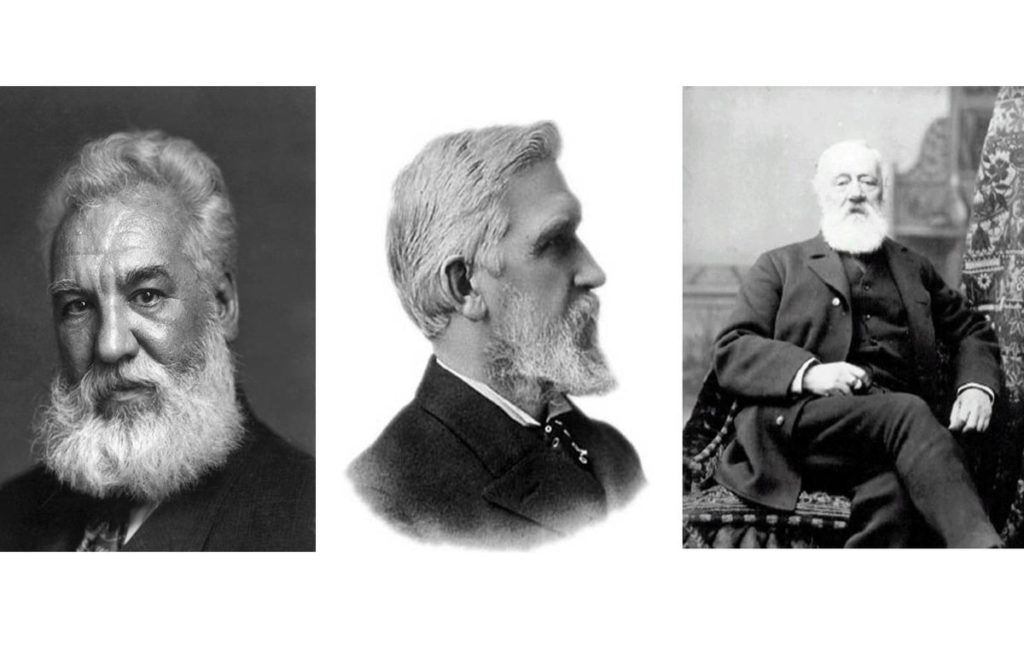For years it has been thought of Alexander Graham Bell as the inventor of one of the most revolutionary objects in human history. But things didn’t exactly went that way. Test
The greatest dispute of the twentieth century, passed under silence for almost a hundred years, is linked to an invention that we all know today. In March of 1876, the American scientist and inventor Alexander Graham Bell patented the invention of the century, which was later given the name of phone, but a huge contribution to the success of this project, was given by the Italian Anthony Meucci, who already from the middle of thenineteenth century had begun his studies on how to communicate remotely through Electrical Appliances. His studies culminated in 1854 with the realization of the first prototype of the Telectrophone, as Meucci had baptized his invention, which was used by the Italian inventor in his Cuban home in order to communicate with his wife, Bedridden by a sickness. Because of the precarious economic conditions in which he poured, Meucci could not patent in the immediate invention, having to wait until 1871. Moving to New York, where he opened a candle factory, he was able to accumulate the money needed to get a caveat , which he was able to pay until 1873. And on March 7 of 1876, Alexander Graham Bell, former professor of the university of Boston, was in possession of the original drawings of the Telectrophone. Understanding the importance of what he had in hand, he presented and deposited the patent number 174,464 for a device substantially identical to the original by Antonio Meucci, changing its name in the telephone. The Italian inventor filed a lawsuit against Bell, but the charges, again, were too high. For over a century, Bell, especially in the United states , was considered the father of this invention, although he periodically debated the authorship of the telephone. On June 11, 2002, the Congress of THE United states of America finally recognized Antonio Meucci, with resolution 269, as the true inventor of the telephone.
Caveat: The Caveat patent , or simply Caveat, in American patent Law Was A legal document, filed with the U.S. Patent Office, United States Patent Office, which was later deseated in 1909. Corresponding to a real patent application , with a description of the invention, but did not have detailed indications and was renewable annually after payment of a special fee of $10. In essence, therefore, the inventor’s intention was to present a patent application at a later date, with a lower cost than a patent application, which At the time it had a cost of $15. If another inventor had filed a patent application on a similar invention , the U.S. Patent Office notified this request to the proprietor of the caveat, who had three months to submit an application for Patent, with, of course, a priority recognized on the date of invention.
